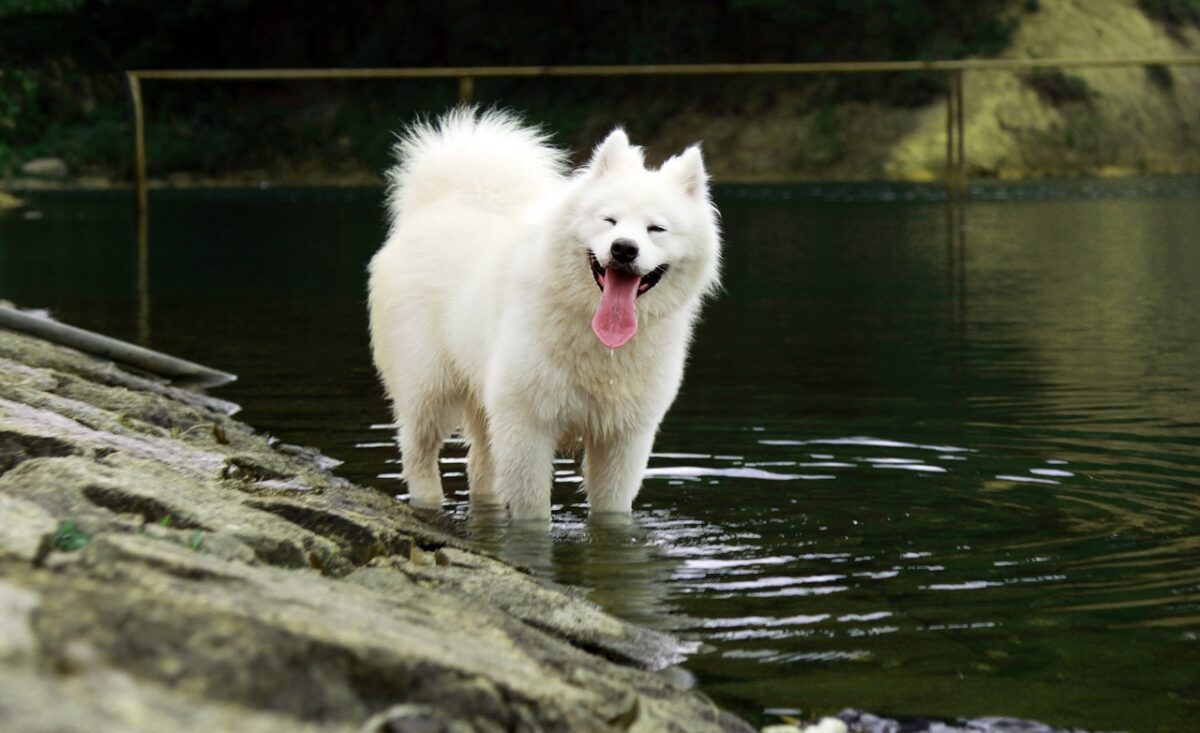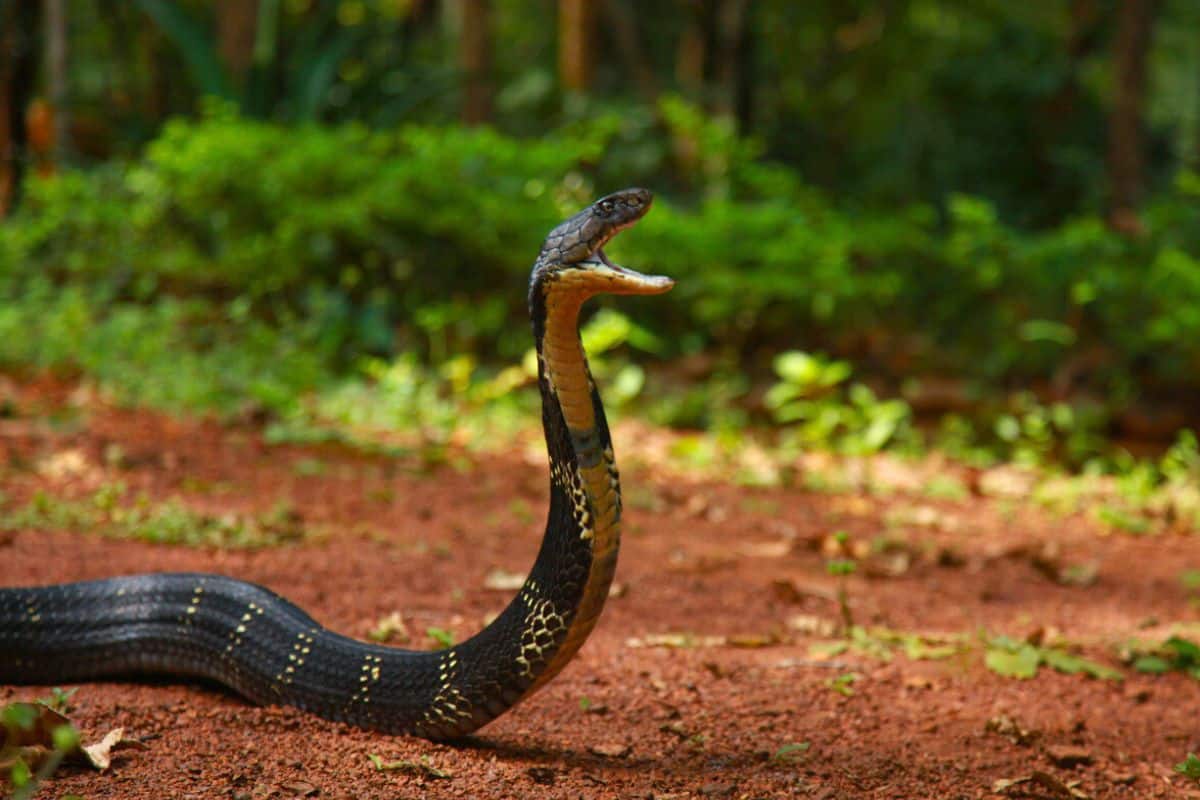Invasive snake species are transforming Mallorca’s landscape, creating unprecedented challenges for this beloved Mediterranean destination. These aggressive reptiles multiply rapidly across the island, threatening native wildlife and alarming residents. Tourism authorities face mounting pressure as dangerous serpents colonize popular vacation spots throughout the Balearic archipelago.
Mallorca confronts an ecological crisis as two invasive snake species establish permanent populations across the island. The horseshoe whip snake and ladder snake, though non-venomous, display remarkable speed and territorial behavior that concerns both locals and environmental experts. These reptiles arrived accidentally through imported century-old olive trees, finding ideal conditions in Mallorca’s warm, dry climate.
Ecological disruption threatens Mallorca’s native species
The biodiversity impact extends far beyond initial sightings, as these serpents consume lizards, birds, and small mammals that form the backbone of Mallorca’s ecosystem. The Association for Ecological Agriculture of Mallorca (APAEMA) warns that invasive snakes have already colonized significant portions of the island, disrupting delicate environmental balances maintained for decades.
Native species face unprecedented predation pressure from these efficient hunters. Protected areas require enhanced monitoring, yet resources remain insufficient to address the expanding snake populations effectively. The rapid reproduction rate of these invasive species outpaces current control measures, creating cascading effects throughout local food chains.
Environmental specialists identify several critical factors contributing to this ecological disruption :
- Climate compatibility – Mediterranean temperatures favor snake reproduction and activity
- Abundant prey species – Native wildlife provides unlimited food sources
- Lack of natural predators – No indigenous species effectively controls snake populations
- Suitable habitat diversity – Rocky terrain and vegetation offer ideal shelter options
Local responses reveal management challenges
Hans Achilles, landscape architect at Son Muda gardens, witnesses firsthand the community impact of snake proliferation. Residents describe encounters with “very fast and very aggressive” reptiles that prompt immediate fear responses. Property owners increasingly resort to lethal methods when discovering snakes on private land, while public authorities implement systematic capture programs in accessible areas.
The identification challenge compounds management difficulties, as invasive species closely resemble native snakes despite being twice the size. This confusion leads to indiscriminate killing of both harmful and beneficial species. Achilles advocates for specialized traps designed for finca installations, offering alternatives to violent elimination methods.
Current response strategies reveal significant gaps in coordinated management. Private property owners operate independently, creating inconsistent control efforts across the island. Professional capture services struggle to match the pace of snake population growth, while public education campaigns remain limited in scope and effectiveness.
Long-term implications for Mediterranean tourism
What began as localized curiosity transforms into a climate change indicator and human activity consequence. Similar invasive species patterns emerge throughout Mediterranean destinations, suggesting broader environmental shifts affecting popular tourism regions. Mallorca’s experience provides insights into managing ecological disruptions while maintaining destination appeal.
Complete eradication appears unrealistic according to environmental specialists, necessitating adaptive management strategies. APAEMA promotes reasoned management approaches emphasizing education, training, and measured responses rather than panic-driven reactions. This paradigm shift recognizes invasive snakes as symptoms of ecosystem transformation requiring long-term accommodation.
Tourism industry stakeholders monitor developments closely, balancing visitor safety concerns with environmental responsibility. The snake invasion represents broader challenges facing Mediterranean islands as global trade and climate patterns facilitate species movement. Successful management requires international cooperation and scientific expertise to develop sustainable solutions that protect both ecological integrity and tourism viability.

 3 weeks ago
31
3 weeks ago
31


















 English (US) ·
English (US) ·